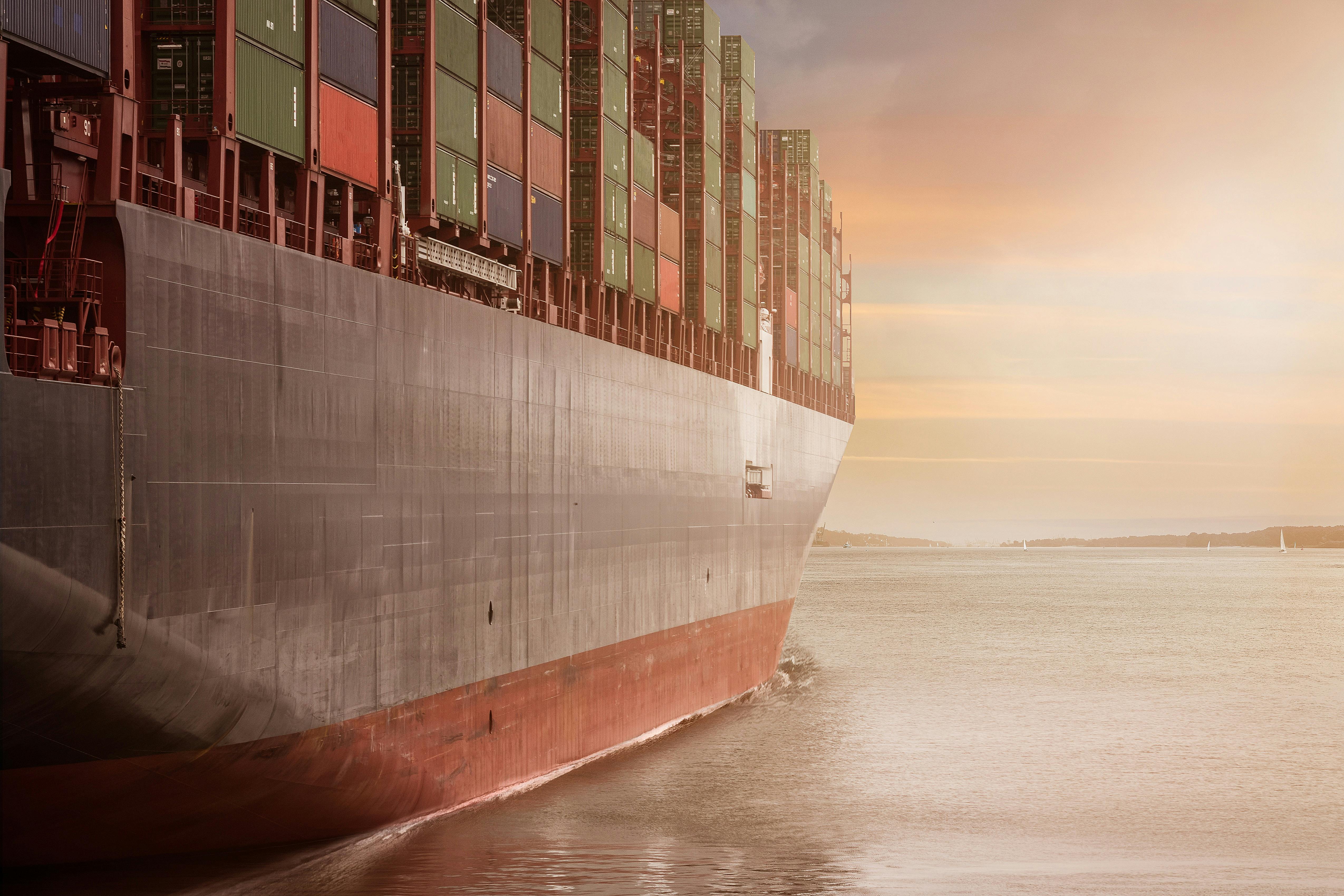


Ocean freight markets have recently seen dramatic declines in pricing: transpacific ex‑Asia rates dropped from over $6,000 per FEU to roughly $2,400, and Europe‑Asia corridors eased nearly 20% since mid‑June. Meanwhile, new capacity continues to come online, projected to outpace demand growth (which clocks in at just 3 %) by several points. These dynamics are testing conventional fixed‑rate contracting and inviting blank sailings and carrier realignments across services.arXiv+15Freightos+15FreightAmigo+15
At the same time, significant structural changes are reshaping alliances. MSC, Maersk, Hapag, ZIM and others have reorganized capacity-sharing agreements in early 2025 across transpacific and trans‑Atlantic routes. These shifts are already driving schedule unpredictability, rising blank sailings, and service omission risks. That makes sourcing amid chaos more difficult—and the margin for error much smaller.C.H. Robinson
In this environment, manual quoting via email or spreadsheets isn’t just slow—it’s a competitive liability. That’s why a Vessel RFQ platform rises to the challenge. It lets shipping teams initiate requests to multiple carriers simultaneously, compare live schedules and pricing, and book capacity in minutes rather than days. This real‑time clarity lets you pivot when tariffs shift, blank sailings hit, or rates swing.FreightAmigoFreightAmigo
A modern Vessel RFQ product brings procurement speed and visibility into one interface. Instead of chasing quotes after demand spikes, teams can launch structured RFQs with defined sailings, equipment requirements, compliance specs, and award logic. Carrier responses appear in a dashboard, enabling side-by-side comparison of offers against service KPIs and transit times. Decision‑making becomes proactive—not reactive.
As the market stabilizes toward year‑end, forwarders and shippers will be measured by how well they adapted. Those with digital RFQ workflows gain strategic elasticity, better rate control, and audit‑ready documentation across contracts. Those relying on old‑school quoting risk missing windows, paying more, or being shut out entirely.
In summary, the combination of rising capacity, softening demand, alliance reshuffles, and tariff uncertainty is reshaping ocean procurement in 2025. Leveraging a Vessel RFQ tool gives logistics teams the competitive edge—enabling faster, smarter sourcing aligned with actual market conditions. Want to explore how Vessel RFQ integrates with existing systems or see customer results? I’d be glad to share more detail or outline a tailored demo.